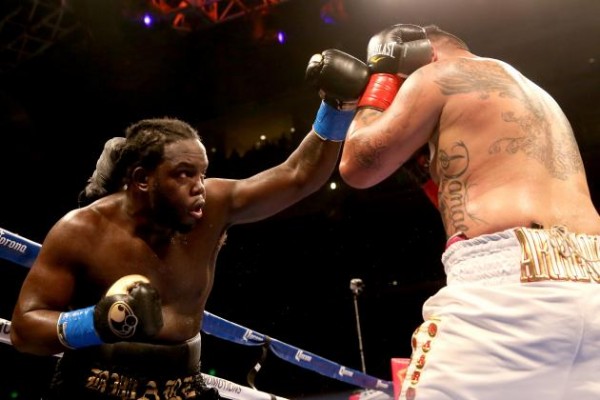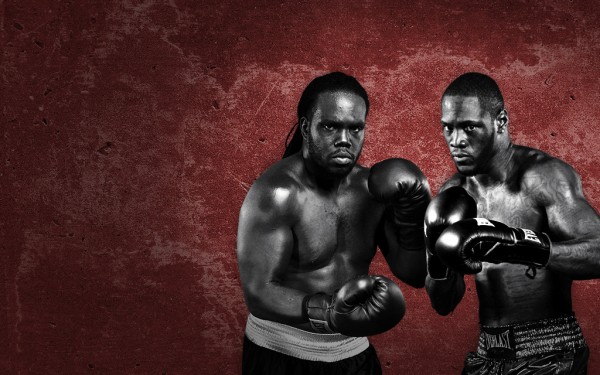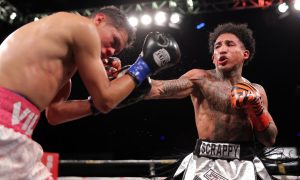Key #1 for Deontay Wilder Start Fast
This matchup reminds me of a fight nearly 42 years ago to date. January 22, 1973, a young challenger named George Foreman met the Heavyweight champion, Joe Frazier. Inside of two rounds, the taller Foreman lifted the shorter Frazier off the canvas with a brutal display of punching power and lifted his title in the process.
Wilder, at 6’6 ½” in height, is the taller fighter over the 6’2″ Stiverne. The experienced Stiverne has proven that he has punching power of his own and can take you out at any point of the fight. Wilder has gone four rounds just three times, twice in his last three fights. All of his other bouts ended by knockout inside of three rounds.
First, Wilder needs to start fast and look to make it an early night. Stiverne has a tendency to drop his hands, particularly his left. By using what he has, specifically a three inch reach advantage, he must keep Stiverne at bay and rain power punches off his long left jab.
If Stiverne drops his hands, he must make him pay. The longer the fight goes, the more advantageous it is for Stiverne who would love to take his challenger into the deep waters and drown him.
Key #1 for Bermane Stiverne Stay Off the Ropes
 Photo by Stephen Dunn/Getty Images
Photo by Stephen Dunn/Getty Images
By Gabriel Polanco
Now we all can agree that Deontay Wilder can punch. We can also agree that we don’t know if he can take a punch.
Bermane Stiverne tends to tire out later in rounds and leans against the ropes. Against a puncher like Wilder, that is a big no-no!
Stiverne has a big frame and he is a bit doughy for the heavyweight division so he should lean on the skinnier Wilder and wear those legs down.
Wilder has never gone past the fourth round and Stiverne has gone past it seven times. The rope-a-dope technique worked perfectly for Stiverne against Chris Arreola, but Wilder is just a different fighter in a different fight.
Stiverne does not want to give Wilder a chance to unload that one power punch he needs to end his night.



























